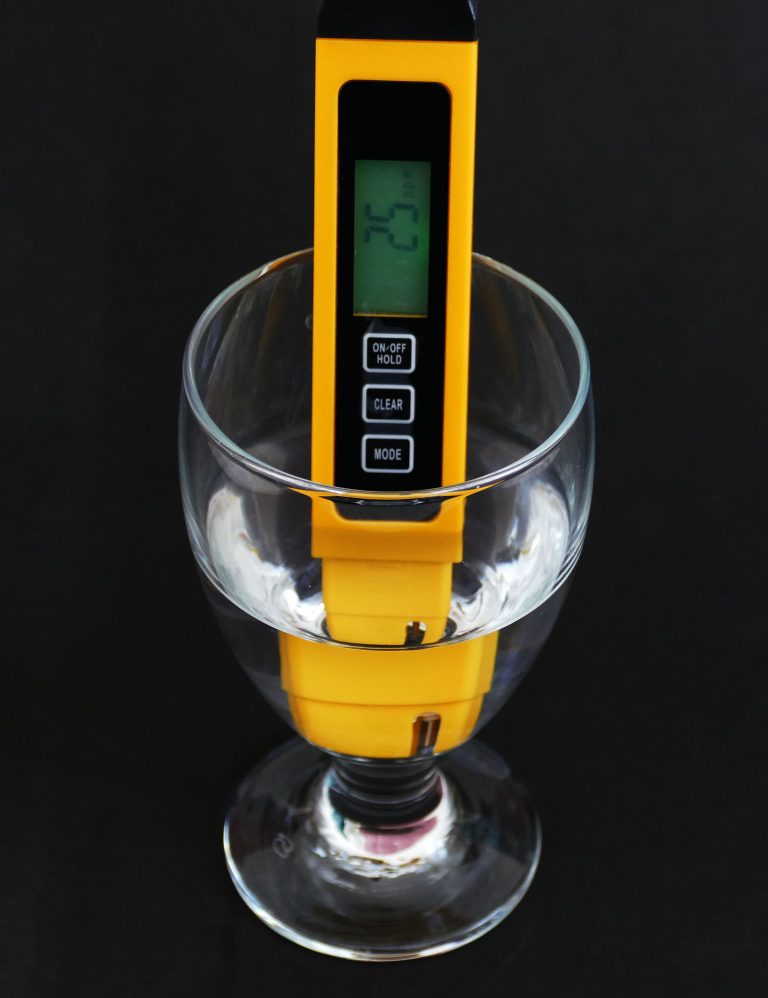At Sparkling Bins, we believe that the greatest results are achieved by maintaining a constant state of improvement. This means we do not rest on the already tremendous quality and efficiency that is designed into our systems. We constantly seek to improve upon and create new ways for the bin washing units we design to outlast, outdo and over-impress. For us, finding new ways to ensure our clients have access to the best equipment and resources available is what sets us apart from our competition. To that end, we even consider ways in which water – YES – water can be improved during the bin washing process.
The quality of the water you use in your trash bin and dumpster cleaning truck has a significant impact on the life-span of the equipment used to clean bins and dumpsters. Washing with the proper water quality, during the bin-washing process, reduces the wear and tear on equipment components including O-rings, pump seals, unloaders, flow switches and cleaning heads. Water quality is measured by Particles per Million (PPM). The higher the PPM the harder your water is. Any reading above 50 PPM is considered hard water. While the best source of water is tap or city water (potable), unfortunately, the reality is that 75% of the country has hard water. Additionally, we do not recommend using well or hydrant water as water from these sources as they typically run over 300 PPM’s. It’s amazing just how much wear and tear hard water can have on any type of trash or dumpster cleaning system.
Because of the wear and tear hard water causes and the impact to our client’s equipment as a result, Sparkling Bins recognized the need to come up with a solution to help combat the challenges our clients were experiencing with constantly having to repair and replace components on their bin washers that were being affected by hard water. We teamed up with a well-known international company to come up with a filter to remove the components that create scale buildup within the trash bin cleaning devices. The scale buildup comes from using hard water and is ultimately what damages the components within the trash bin cleaning system.
Now for a little of the science behind how the filter works. The filter is comprised of a 30 micron filter and a 5 micron filter. Both of these filters are reusable. Contained within the 5 micron filter is a polyphosphate media that conditions the water, so the formation of scale is greatly inhibited. The media works by modifying calcium carbonate compounds so that they do not adhere to each other, allowing them to flow through systems without creating scale. The media does not have any biocidal properties and will need to be replaced periodically, depending on gallon usage. The filter also has a photo filtration system. This system can be easily mounted to a truck or a trailer. A garden hose can be used to inlet and the outlet goes right into the tank. All of these components working together creates the effect of softening the water, thereby, reducing the wear and tear on the bin or dumpster cleaning equipment parts.
And while the nitty gritty details of how the filter works may not necessarily excite our clients, what does keep them coming back is the fact that they know when they partner with Sparkling Bins, that they are working with a company that is always innovating and looking out for their best interests. We remain vigilant in our efforts to improve the daily business experience of entrepreneurs who partner with us to create a turn-key, highly successful bin washing business. At Sparkling Bins, we continue to look for ways to help our new and existing clients save money, reduce downtime for maintenance and increase the lifespan of their investment in a Sparkling Bins trash can or dumpster cleaning system. Today, it’s solving the challenges of hard water. Tomorrow, well, let’s just say that our clients never cease to be impressed by what we are working on for them!
